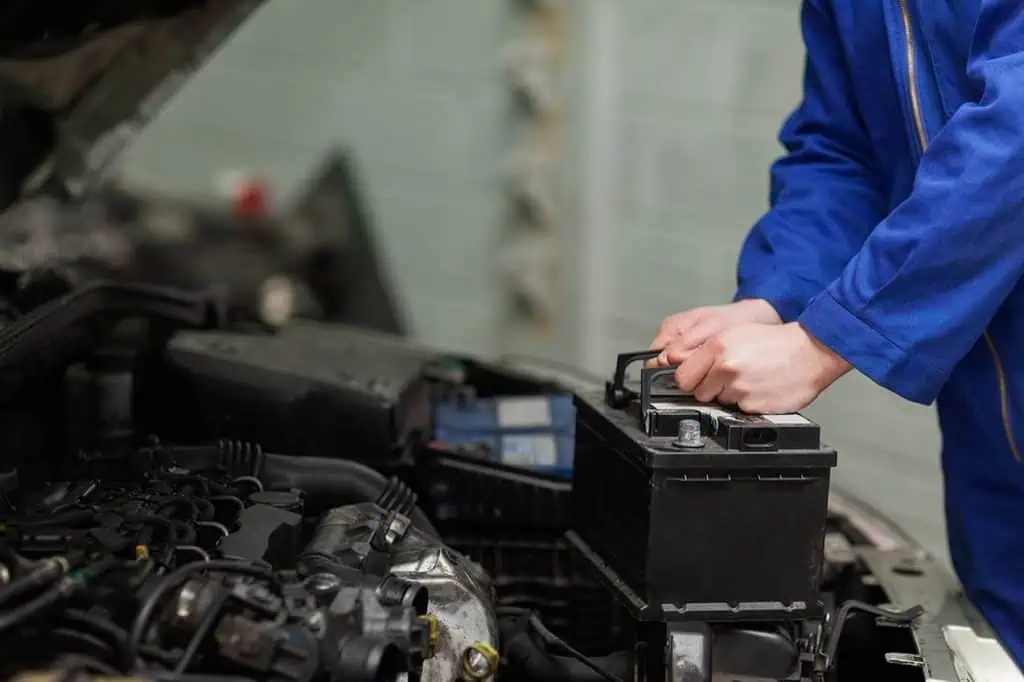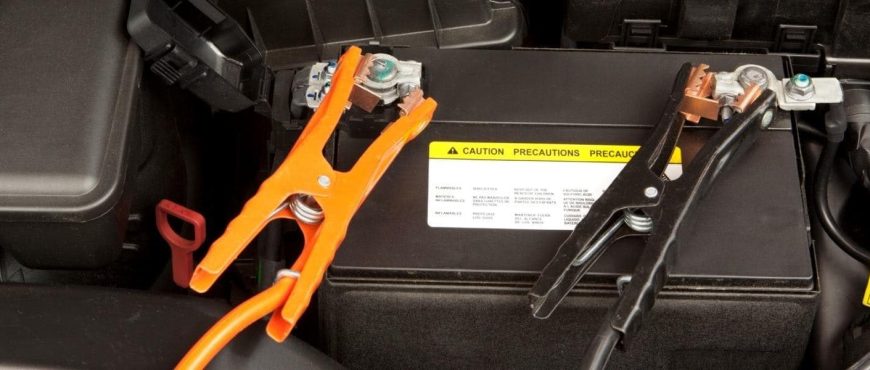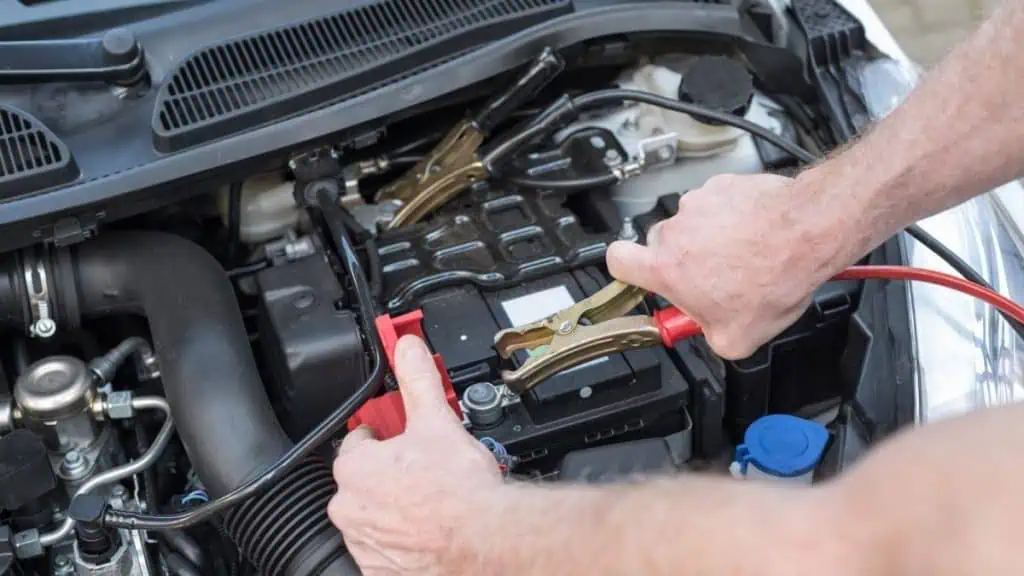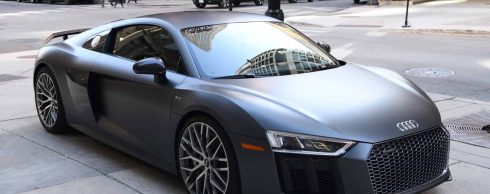We automatically associate certain things with a luxury car, such as refined design, high-end technology, and exclusive features. But the truth is that this works if we include the heart of your vehicle: the battery. For this reason, in this article, we give you a series of tips that will help you extend its useful life for longer.
How Long Does a Luxury Car Battery Last?

On the other hand, luxury cars have high-end electronic features, such as advanced infotainment systems, climate control, and sophisticated safety systems. All this places additional demands on the battery, so if they are used frequently, especially when the engine is not running, the battery can be discharged much faster.
Knowing all this, you may wonder: “Okay, so how do I extend its lifespan? The answer is simple: follow these tips.
Tips to Improve Your Luxury Car Battery
 Minimize Short Trips
Minimize Short Trips
Short trips can reduce battery life since they only allow partial recharging. The alternator requires time to replenish the battery fully after starting the engine, which short trips do not provide.
Additionally, your car must reach a specific operating temperature, and the heat it generates directly affects the battery’s performance.
This process happens naturally every time you start your vehicle, and doing it constantly significantly reduces its lifespan.
If you still want to use your luxury car for short trips, consider using a battery maintainer. This will significantly reduce the risk of overcharging, which is ideal for preserving its good performance over time.
Clean it Properly
Dirt and debris are not good for your luxury car. Still, you must be even more careful when keeping a battery in good condition.
Use a damp cloth to clean the casing thoroughly, removing any grease or dirt. This prevents the battery from discharging prematurely or short-circuiting,
Another important point is ensuring the fastening clamps are not rusted or corroded. This will prevent unwanted vibrations that can damage the product in the long run.
Monitor the Corrosion
Corrosion is the second worst enemy of your luxury car’s battery. The electrical flow is affected as it corrodes the terminals, resulting in starting problems and reduced efficiency.
The best way to avoid this is to have a monthly inspection for signs of corrosion, which usually appear as a bluish or whitish crust. To prevent this, talk to your trusted mechanic about applying anti-corrosion grease when he routinely inspects your luxury car.
Finally, ensure that the wires are correctly connected. Otherwise, there are likely to be problems with both charging and operation.
Minimize the Usage of Electrical Components When the Engine Is Off
Electrical components such as the stereo, lights, and air conditioning consume much of the battery, especially if the engine is off.
This is because they are designed to work with the engine running, which allows the alternator to recharge the battery as it is used. In contrast, if the engine is off, the battery provides all the power, which can significantly reduce its charge.
To avoid this, turn off all electrical accessories before turning off the engine. Please do not use them with the car off unless strictly necessary. Fortunately, modern luxury vehicles often include battery management systems, although turning off each electrical component manually never hurts.
Check Battery’s Voltage
You may not know it, but checking the battery voltage can help detect a potential problem. To accomplish this task, ask your trusted mechanic to use a multimeter during a routine check of your luxury car.
Remember that a fully charged battery ranges from 12, 6, to 12.8 volts if the engine is off, and the voltage may increase if your car runs.
When readings are lower than usual, it may be a sign that the battery is failing or that the vehicle’s charging system is not working correctly. Fixing this problem can save you more than one headache. After all, you don’t want to be stranded without warning, right?
Avoid Direct Sun
Parking in direct sunlight can raise the battery’s temperature, accelerating its degradation. High temperatures can also cause the battery fluid to evaporate, reducing its capacity and causing internal damage.
Park your luxury car in a garage or shade to protect it from the heat.
In addition, and if your battery allows it, consider having the battery fluid levels checked during the hot months. Low fluid levels can lead to overheating and permanent damage to the internal structure.
Don’t Let Your Car Idle for Too Long
It may seem harmless, but leaving your luxury car idle for too long can cause the battery to charge at such a low rate that it is insufficient, making it harder to replenish the power needed to start the engine entirely.
But that’s not the worst of it. Over time, this can lead to a condition known as sulfation, where lead sulfate crystals build up on the lead plates of the battery and hinder its ability to charge fully.
If you often wait in the car, turning off the engine and restarting it when ready to drive again is best. This practice saves fuel and minimizes wear and tear on the vehicle’s battery and motor. On the other hand, if you plan to spend some time without driving or store your luxury car during the winter, consider starting it occasionally. This will ensure that it runs properly.
Conclusion
Maintaining the battery of your luxury car can be simple, but it does demand consistent attention. Following these simple tips, you can ensure your battery remains healthy, extend its life, and ensure your luxury car is always ready for a smooth and enjoyable ride. Keep your car’s battery in top condition, and it will deliver the performance and reliability you expect from a high-end vehicle.



 Minimize Short Trips
Minimize Short Trips

Comments (0):